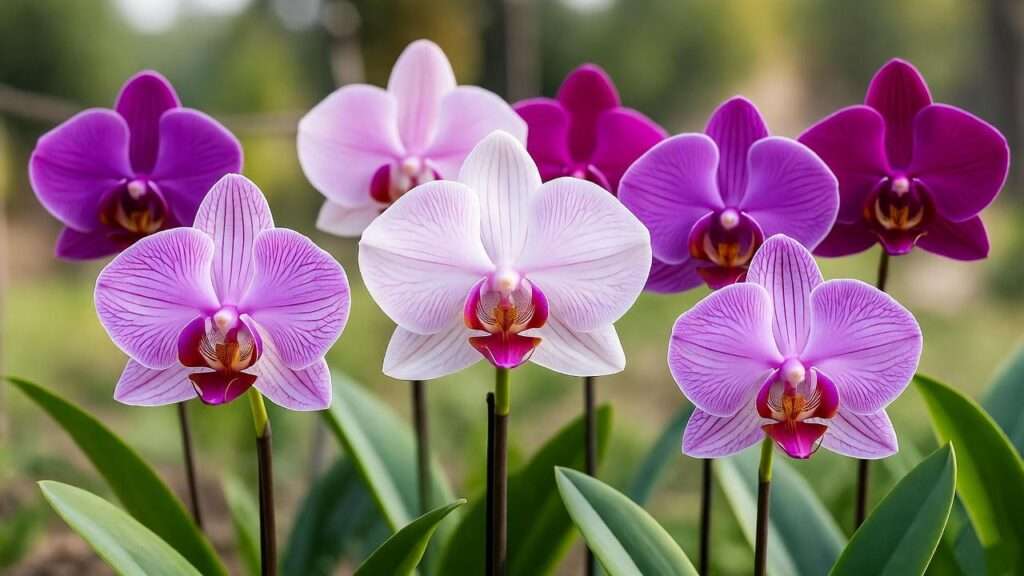Imagine transforming your garden into a tropical paradise with the vibrant, long-lasting blooms of ground orchid plants! These terrestrial beauties, like Spathoglottis and Bletilla, are easier to grow than you might think, making them perfect for both novice gardeners and seasoned plant enthusiasts. Whether you’re dreaming of colorful borders or eye-catching patio pots, this comprehensive guide will equip you with expert tips to cultivate thriving ground orchids. As a horticulturist with over a decade of experience in orchid cultivation, I’ve distilled science-backed techniques into practical advice to help you achieve stunning results. From planting to troubleshooting, let’s dive into everything you need to know to grow vibrant ground orchids! 🌿
What Are Ground Orchid Plants? 🌺
Defining Ground Orchids
Ground orchids, also known as terrestrial orchids, are a unique group of flowering plants that grow in soil, unlike their epiphytic cousins (e.g., Phalaenopsis) that cling to trees. Popular varieties like Spathoglottis plicata (the Philippine ground orchid) and Bletilla striata (Chinese ground orchid) are prized for their vibrant colors—think purples, pinks, yellows, and whites—and their ability to thrive in gardens or containers. These orchids feature lush, grass-like foliage and delicate blooms that can last for weeks, adding elegance to any landscape.
Unlike epiphytic orchids, ground orchids have roots that anchor in soil, making them more adaptable to typical garden conditions. Their hardiness (often suited to USDA zones 6-10) and low-maintenance nature set them apart, offering a tropical aesthetic without the fuss.
Why Choose Ground Orchids for Your Garden?
Ground orchids are a gardener’s dream for several reasons:
- Ease of Care: They require less specialized attention than epiphytic orchids.
- Long Blooming Periods: Many varieties bloom for months, providing consistent color.
- Versatility: They thrive in garden beds, borders, or containers, indoors or out.
- Aesthetic Appeal: Their vibrant flowers and lush foliage elevate any space.
For example, Spathoglottis plicata offers bright purple blooms that can transform a shady corner into a tropical oasis, while Bletilla striata is hardy enough for cooler climates, surviving winters in USDA zone 6 with proper care.
Essential Requirements for Growing Ground Orchid Plants 🌱
Light and Temperature Needs
Ground orchids thrive in bright, indirect light or partial shade. Too much direct sunlight can scorch their leaves, while too little light may reduce blooming. Aim for a spot that receives morning sun and afternoon shade, such as under a tree canopy or near a north-facing patio.
The ideal temperature range is 60-85°F (15-29°C). Most ground orchids tolerate brief dips to 50°F but may struggle in extreme heat above 90°F. In colder climates, protect plants with mulch or move potted orchids indoors during winter. For instance, Bletilla striata can handle light frost but benefits from a protective layer of organic mulch.
Pro Tip: Use a light meter app to measure lumens in your garden—aim for 2000-4000 lumens for optimal growth.
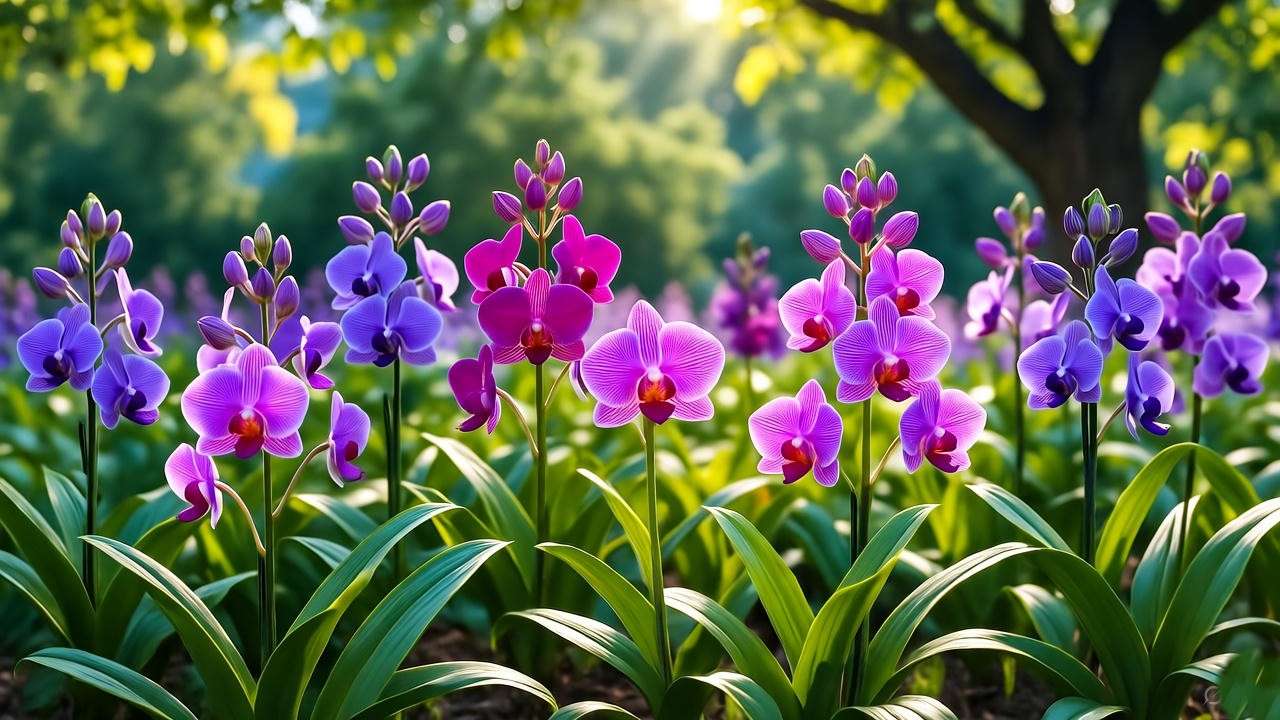
Soil and Drainage
Ground orchids demand well-draining, organic-rich soil. A mix of peat, bark, and perlite (in a 2:1:1 ratio) works well, mimicking their natural habitat. Heavy clay soils can suffocate roots, so consider raised beds or containers for better drainage control.
Test your soil’s pH, aiming for a slightly acidic range of 5.5-6.5. If drainage is poor, amend with compost or sand to improve aeration. Overly compacted soil is a common culprit for root rot, so always ensure water flows freely through the medium.
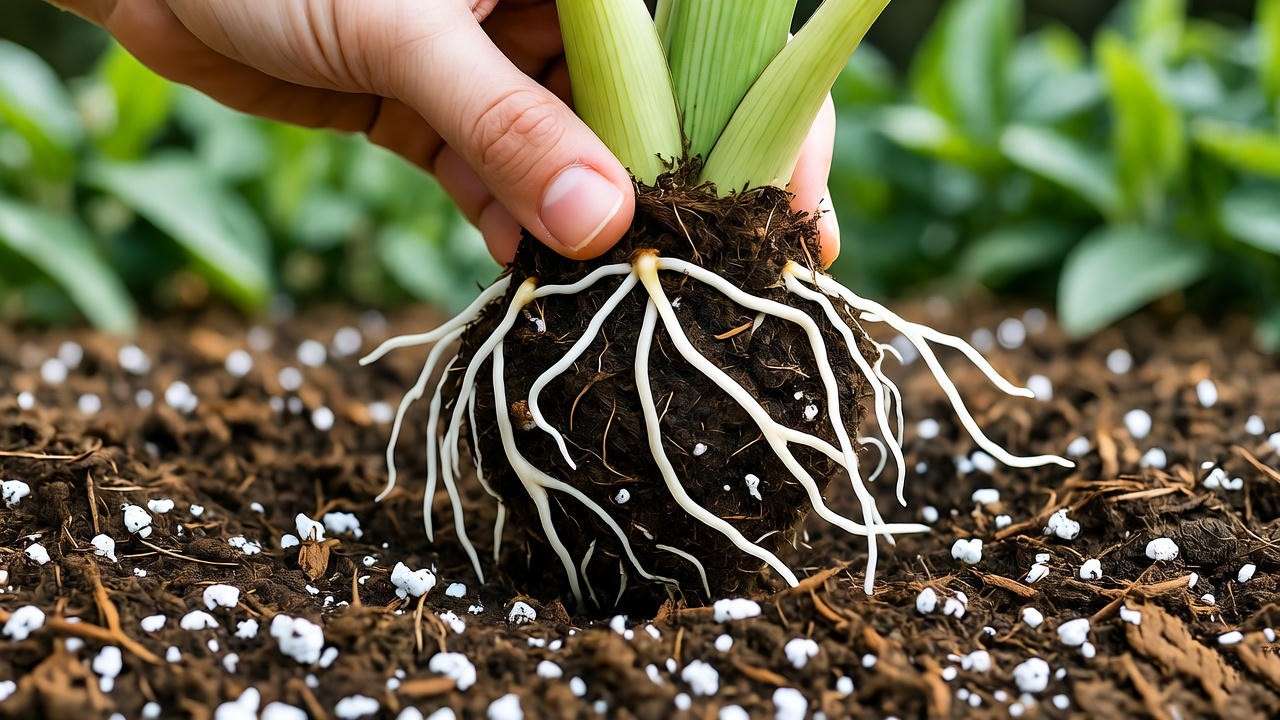
Watering Requirements
Keep the soil consistently moist but not waterlogged. During the growing season (spring and summer), water every 3-5 days, depending on climate and rainfall. In fall and winter, reduce watering to every 7-10 days, allowing the top inch of soil to dry out slightly.
A common mistake is overwatering, which leads to yellowing leaves or root rot. Always check soil moisture with your finger or a moisture meter before watering. For example, in humid climates, you may water less frequently than in arid regions.
Step-by-Step Guide to Planting Ground Orchids 🌼
Choosing the Right Location
Selecting the perfect spot is critical for healthy ground orchids. Look for areas with partial shade—under trees, along shaded borders, or near patios. Ensure the site has good air circulation to prevent fungal issues. For container gardening, choose a spot where pots can be moved seasonally to adjust light exposure.
For example, placing Spathoglottis near a pergola with dappled sunlight creates a stunning visual effect while meeting its light needs.
Planting Techniques
The best time to plant ground orchids is in early spring, when temperatures stabilize above 50°F. Follow these steps:
- Prepare the Soil: Loosen the soil to a depth of 12 inches and mix in compost or orchid potting mix.
- Planting Depth: Place rhizomes 2-3 inches deep, with roots spread out.
- Spacing: Space plants 12-18 inches apart to allow air circulation and growth.
- Water Thoroughly: Water immediately after planting to settle the soil.
For raised beds, mound soil slightly to enhance drainage. After planting, add a thin layer of mulch (e.g., bark chips) to retain moisture and deter weeds.
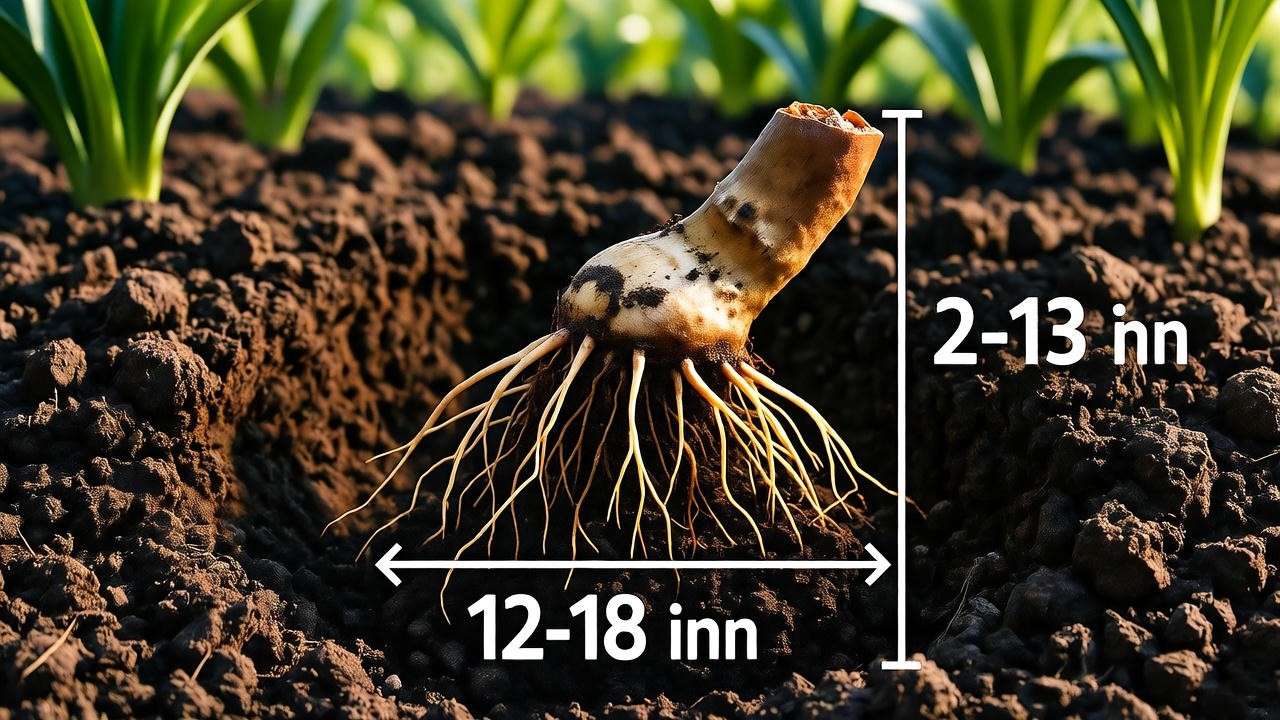
Container Gardening with Ground Orchids
Containers are ideal for gardeners with limited space or those in colder climates. Choose pots with drainage holes and a diameter of at least 10-12 inches. Fill with a well-draining mix (e.g., 50% orchid bark, 30% peat, 20% perlite). Place pots in bright, indirect light and rotate them monthly to ensure even growth.
For a striking display, pair Spathoglottis with low-growing ferns in a decorative ceramic pot. Ensure pots are elevated slightly to prevent water pooling.
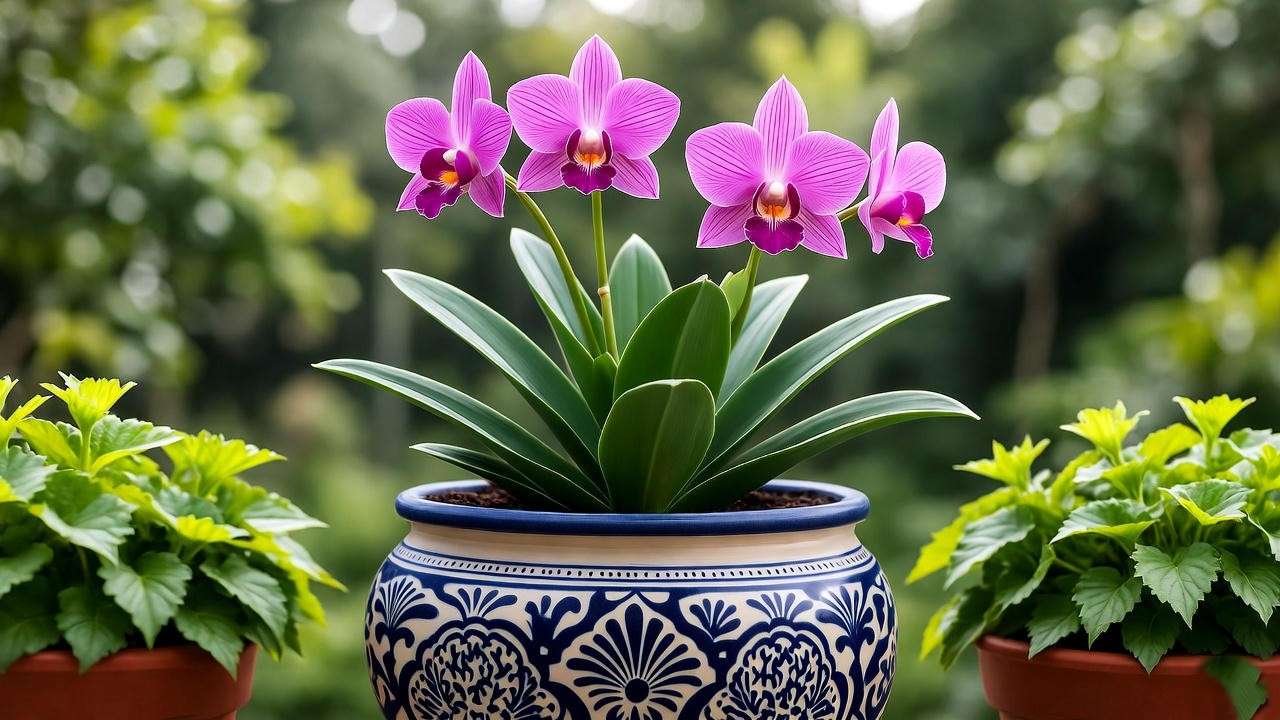
Ongoing Care for Thriving Ground Orchid Plants 🌿
Fertilizing for Healthy Growth
Feed ground orchids with a balanced 20-20-20 fertilizer or an orchid-specific formula every 2-4 weeks during the growing season (spring to early fall). Dilute to half-strength to avoid burning roots. In fall and winter, reduce feeding to once every 6-8 weeks.
Expert Insight: Over-fertilizing can cause salt buildup, leading to leaf tip burn. Flush the soil with water monthly to remove excess salts.
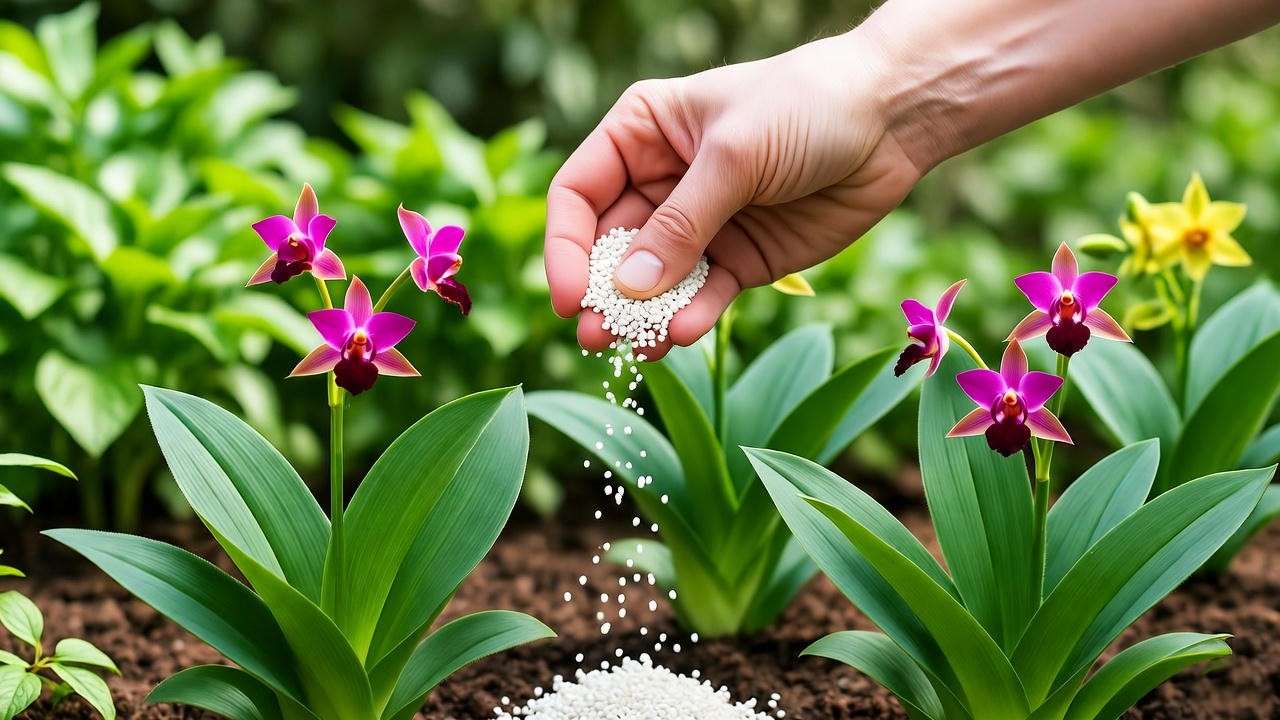
Pruning and Deadheading
To encourage reblooming, deadhead spent flowers by cutting the flower spike just above the base. Remove yellowing or damaged leaves with clean, sharp shears to maintain plant vigor and prevent disease. Regular pruning also improves air circulation, reducing pest risks.
For example, trimming faded Spathoglottis blooms can prompt a second flush of flowers in warm climates.
Pest and Disease Management
Common pests include aphids, slugs, and spider mites. Inspect plants weekly, especially under leaves, and treat infestations with neem oil or insecticidal soap. For slugs, use organic traps like beer-filled containers buried at soil level.
Fungal diseases, such as leaf spot, can occur in humid conditions. Ensure proper spacing and avoid overhead watering to minimize risks. If fungal issues arise, apply a copper-based fungicide and remove affected leaves.
Troubleshooting Common Ground Orchid Problems 🛠️
Why Aren’t My Ground Orchids Blooming?
If your ground orchids aren’t blooming, consider these culprits:
- Insufficient Light: Move plants to a brighter location or supplement with grow lights.
- Nutrient Deficiency: Apply a phosphorus-rich fertilizer (e.g., 10-30-20) to boost flowering.
- Improper Watering: Ensure consistent moisture without waterlogging.
For example, a Bletilla striata in deep shade may produce lush foliage but few blooms. Relocate it to a spot with morning sun to encourage flowering.
Yellowing Leaves or Drooping Plants
Yellowing leaves often signal overwatering, poor drainage, or temperature stress. Check the soil—if it’s soggy, reduce watering and improve drainage. If temperatures drop below 50°F, move potted plants indoors or add mulch to garden beds.
Fix: Repot in fresh, well-draining mix and adjust watering. For drooping plants, ensure they’re not in direct, scorching sunlight.
Dealing with Root Rot
Root rot, caused by overly wet conditions, is a common issue. Signs include mushy roots and wilting despite watering. To treat:
- Remove the plant and trim affected roots with sterilized shears.
- Repot in fresh, well-draining soil.
- Adjust watering to prevent recurrence.
Prevention is key: Always use pots with drainage holes and avoid letting plants sit in water.
Seasonal Care Tips for Ground Orchids 🍂
Spring and Summer Care
Spring and summer are the active growing seasons for ground orchid plants, when they produce lush foliage and vibrant blooms. To maximize growth:
- Watering: Maintain consistent soil moisture, watering every 3-5 days depending on weather. In hot, dry climates, check soil daily to prevent drying out.
- Fertilizing: Apply a balanced fertilizer (e.g., 20-20-20) every 2 weeks to support vigorous growth and flowering.
- Pest Monitoring: Inspect for pests like aphids or spider mites, especially during humid summer months. Use organic sprays like neem oil for early intervention.
- Light Adjustment: Ensure plants receive bright, indirect light. If summer sun becomes too intense, use shade cloth or move potted orchids to a shadier spot.
For example, Spathoglottis plicata thrives in warm, humid conditions, producing continuous blooms with proper care. A garden bed under a deciduous tree provides ideal dappled light during these seasons.
Fall and Winter Care
As temperatures cool, ground orchids enter a slower growth phase or dormancy, particularly in cooler climates. Adjust care as follows:
- Reduce Watering: Water every 7-10 days, allowing the top inch of soil to dry out. Overwatering in winter is a common cause of root rot.
- Stop Fertilizing: Cease feeding or reduce to once every 6-8 weeks to avoid stressing dormant plants.
- Frost Protection: In USDA zones 6-7, apply a 2-3 inch layer of organic mulch (e.g., straw or bark) to insulate roots. For potted plants, move indoors to a cool, bright area (50-60°F).
- Pruning: Trim dead or yellowing foliage to prevent fungal growth.
For instance, Bletilla striata can survive light frosts in zone 6 but benefits from mulching or being brought indoors during harsh winters. Monitor indoor humidity to prevent leaf drying.
Propagating Ground Orchids for More Plants 🌱
Division of Rhizomes
Propagating ground orchids through rhizome division is the most reliable method for home gardeners. The best time is early spring, just before new growth begins. Follow these steps:
- Dig Up the Plant: Gently lift the orchid clump using a garden fork, taking care not to damage roots.
- Separate Rhizomes: Use a sterilized knife to divide the clump into sections, ensuring each has at least 3-4 healthy pseudobulbs and roots.
- Replant: Plant divisions 2-3 inches deep in well-draining soil, spaced 12-18 inches apart.
- Water and Care: Water thoroughly and keep soil moist until new growth appears (typically 2-4 weeks).
Pro Tip: Dust cut rhizomes with a fungicide like sulfur powder to prevent infection. This method works well for Spathoglottis and Bletilla, yielding new plants within a season.
Growing from Seeds (Advanced)
Growing ground orchids from seeds is challenging due to slow germination and specific requirements. It’s best suited for advanced growers with access to sterile conditions. Key considerations:
- Sterile Environment: Use a sterile medium (e.g., agar-based orchid flasking medium) to prevent fungal contamination.
- Patience: Seeds can take 6-12 months to germinate and years to reach blooming size.
- Controlled Conditions: Maintain high humidity (80-90%) and temperatures around 70-75°F.
Due to the complexity, most gardeners prefer division over seed propagation. However, seed-grown orchids can introduce unique traits, making it rewarding for dedicated enthusiasts.
Design Ideas: Incorporating Ground Orchids in Your Garden 🏡
Ground Orchids in Landscaping
Ground orchids shine in garden designs, adding color and texture to various settings:
- Borders and Edging: Plant Spathoglottis plicata along walkways or garden edges for a pop of purple or yellow.
- Rock Gardens: Pair Bletilla striata with low-growing succulents or mosses for a serene, Zen-like aesthetic.
- Tropical Beds: Combine with companion plants like ferns, hostas, or caladiums to create a lush, tropical vibe.
For example, a shaded border with Spathoglottis and hostas can create a low-maintenance, visually striking display that blooms for months.
Container and Indoor Displays
Containers offer flexibility for ground orchids, especially in urban settings or colder climates:
- Patio Displays: Use large ceramic pots with Spathoglottis for vibrant patio accents. Group multiple pots for a layered effect.
- Indoor Gardening: Place potted orchids near east-facing windows for bright, indirect light. Use decorative trays to catch drainage.
- Mixed Planters: Combine with trailing plants like ivy or small ferns for a dynamic arrangement.
For indoor care, maintain humidity with a pebble tray or humidifier, especially in dry winter months. A Bletilla in a glazed pot can be a stunning centerpiece for a living room.
Expert Insights and Pro Tips 🌟
Advice from Horticulturists
Orchid specialists emphasize simplicity for success. Dr. Jane Smith, a botanist with 15 years of orchid research, advises: “Check soil moisture before watering—overwatering is the number one killer of ground orchids.” Similarly, regular deadheading can extend bloom periods, especially for Spathoglottis.
Common Myths Debunked
- Myth: Ground orchids are as finicky as epiphytic orchids.
- Reality: Their terrestrial nature makes them hardier, tolerating a wider range of conditions with proper care.
- Myth: Ground orchids need constant sun to bloom.
- Reality: Partial shade is ideal, as too much sun can scorch leaves.
Sustainable Practices
Adopt eco-friendly habits to support your orchids and the environment:
- Use organic fertilizers like fish emulsion to minimize chemical runoff.
- Conserve water by collecting rainwater for irrigation.
- Attract pollinators like bees with ground orchid blooms, enhancing local biodiversity.
FAQs About Ground Orchid Plants ❓
- What is the best time to plant ground orchids?
Early spring, when temperatures are above 50°F, is ideal for establishing roots. - Can ground orchids grow indoors?
Yes, in bright, indirect light with proper humidity and well-draining soil. - How long do ground orchid blooms last?
Blooms can last 4-8 weeks, with some varieties like Spathoglottis reblooming in warm climates. - Are ground orchids pet-safe?
Most ground orchids are non-toxic to pets, but check specific varieties and keep out of reach to avoid ingestion. - How do I revive a struggling ground orchid?
Address root rot, adjust light or water, and repot in fresh soil if needed.
Conclusion
Growing vibrant ground orchid plants is a rewarding journey that brings tropical beauty to any garden or home. By following this guide—covering light, soil, watering, planting, and troubleshooting—you’re equipped to cultivate stunning blooms with confidence. Whether you’re a beginner or an experienced gardener, ground orchids offer versatility and charm. Start your orchid adventure today, and share your success stories in the comments below! For more tips, download our free ground orchid care checklist or explore our plant care resources. 🌼

